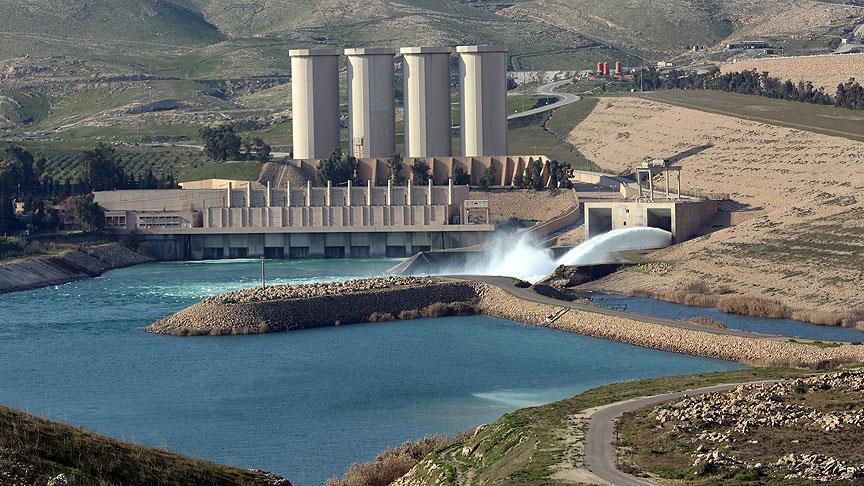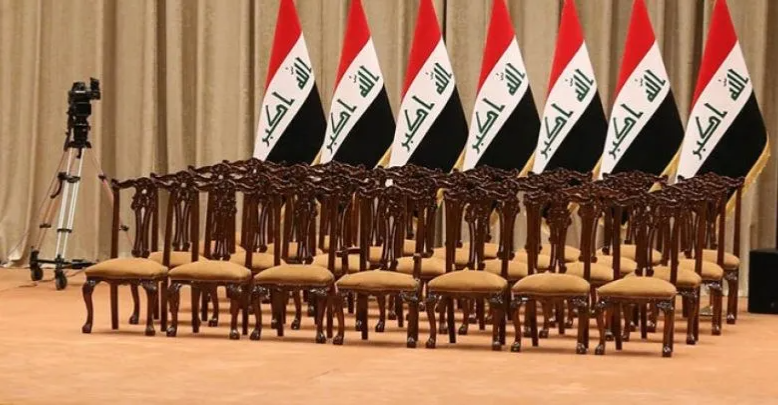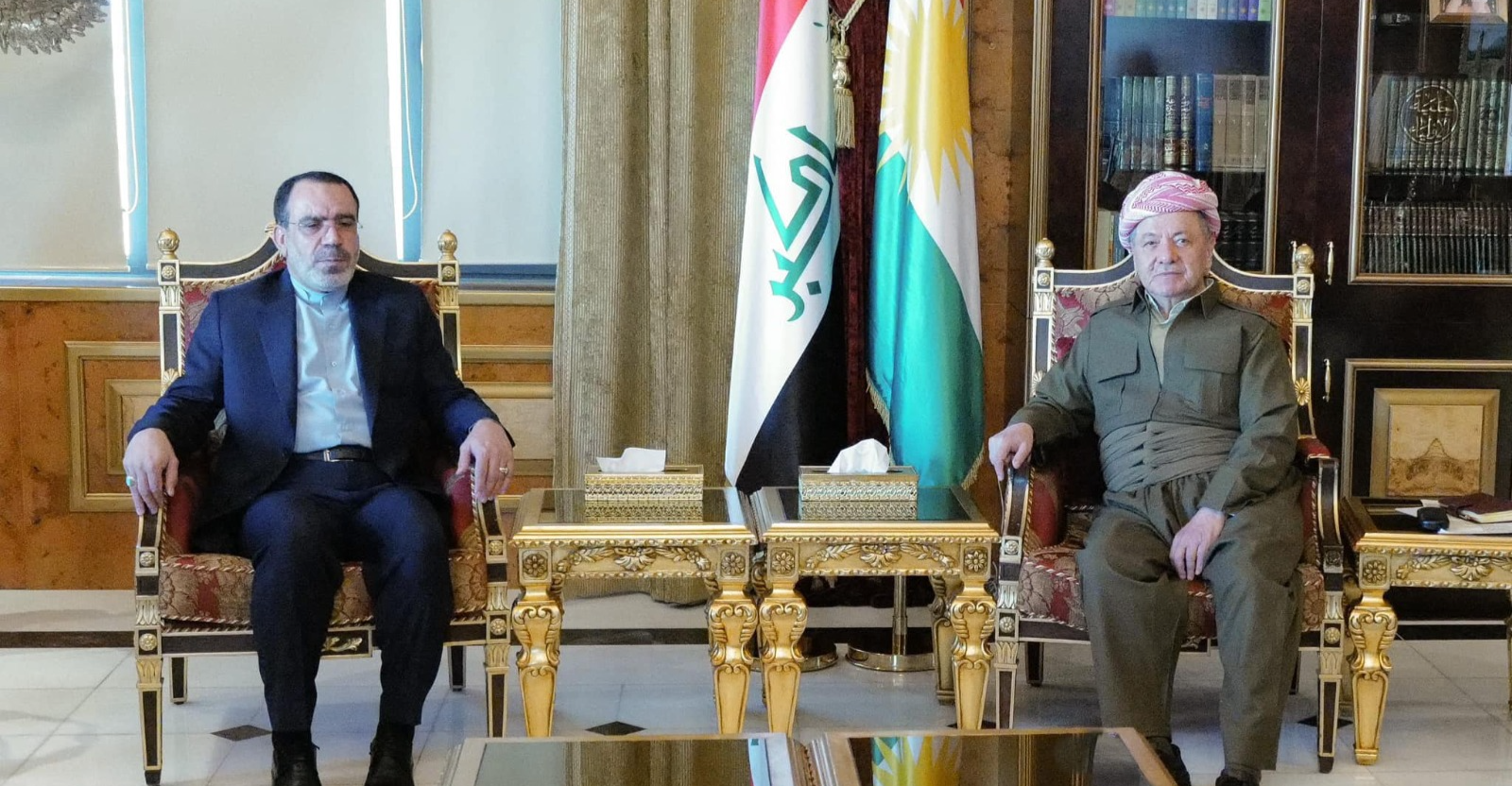Mosul Dam's threat extends beyond lives to Iraq's cultural heritage

Shafaq News / In February 2016, the US Embassy in Baghdad issued a chilling message to Iraqi citizens: prepare for a possible collapse of the Mosul Dam, located about 35 miles north of the city of the same name.
An accompanying fact sheet stated that the dam—the country's largest—"faces a serious and unprecedented risk of catastrophic failure with little warning," which would result in an "in-land tidal wave" rushing 175 miles south along the Tigris River to the city of Samarra, a UNESCO World Heritage site. Approximately 500,000 to 1.47 million people would die in the inundation unless they evacuate the flood path in time.
In the years following that warning, the Italian government helped to repair the Mosul Dam, and continues to provide assistance to the Iraqi government to maintain the structure and protect the millions of people who live downstream—yet many argue that a significant threat remains.
While the potential for a massive humanitarian disaster is abundantly clear, a failure of the Mosul Dam will also wipe out thousands of archaeological and cultural sites along the Tigris River, including many that have already been damaged or destroyed by the Islamic State (commonly known as ISIS).
The most dangerous dam in the world
The structural integrity of the Mosul Dam (formerly the Saddam Dam) has been a concern ever since it went online 35 years ago. The hydroelectric dam is built on a “very poor” foundation of water-soluble minerals that requires continuous grouting to support the 2.8-mile long, 375-foot high structure, which holds up to 2.7 cubic miles of water.
In 2006, the U.S. Army Corps of Engineers called it “the most dangerous dam in the world,” and predicted that a structural failure could inundate Mosul in more than 70 feet of water within three or four hours.
The Assyrian sites of Nimrud, Nineveh and Khorsabad, once capitals of one of the world's first true empires in the first millennium B.C., are in projected path of a deluge resulting from a dam failure. All of these sites, as well as the Mosul Museum and countless religious sites, were all targets for damage and destruction by ISIS after it took Mosul in 2014.
But while the damage wrought by ISIS on the cultural sites of Iraq and Syria has been a focus of global concern, researchers are struggling to calculate the destruction that would result from a failure of the Mosul Dam.
"It's hard for me to come up with estimates other than thousands of archaeological sites and heritage sites would essentially be wiped away," says Michael Danti, professor of archaeology at Boston University and co-director of the Syrian Heritage Initiative at the American Schools of Oriental Research, which is documenting the deliberate destruction of cultural heritage in Iraq and Syria. "It would be an unprecedented loss."
Jason Ur, professor of anthropology at Harvard University, observes that a focus on the great Assyrian cities means that many other large sites along the Tigris River have not yet been properly investigated. "We don't know exactly what we would be losing," he says.
Furthermore, he notes that archaeologists in the region often rely on surface artifacts to roughly determine the age and size of a site without excavation. An enormous flood sweeping across the landscape would jumble the surface record. "One of our best tools for doing investigation would be completely taken away from us. It would make work in the future extremely difficult."
Even worse, he says, would be a massive deposit of silt across the Tigris River basin. "Then we wouldn't even have access to that surface jumble."
Shaping future identities
While many researchers feel uncomfortable discussing the potential damage to heritage sites when millions of lives are also at risk, they stress the importance that historical knowledge will play in shaping future generations of Iraqis.
"The Kurds are asking 'What was our past like?' and the Sunnis and Shiites are doing the same," says Ur. "People form their national identities based on what came before them, so archaeology is going to be a part of that."
For Danti, who tracks the destruction of cultural sites by the Islamic State, the sad irony of the potential loss of Iraqi heritage on a much, much bigger scale is not lost.
"It's not very often that I think in terms of things being worse than what [the Islamic State] has done," he says. "They have destroyed hundreds of sites. But this would take everything."
(National Geographic)





